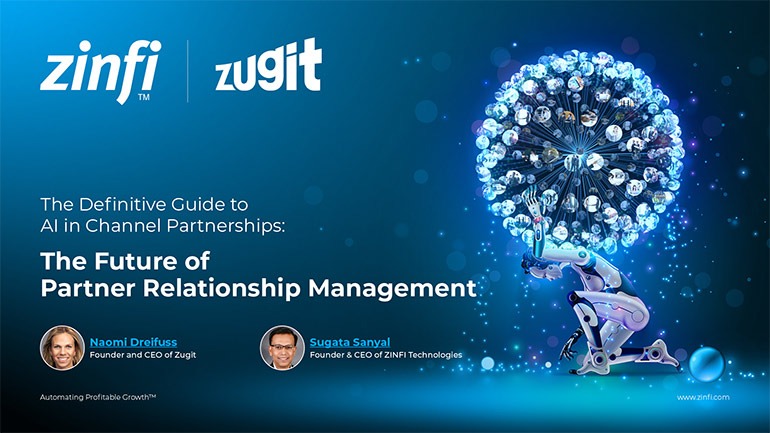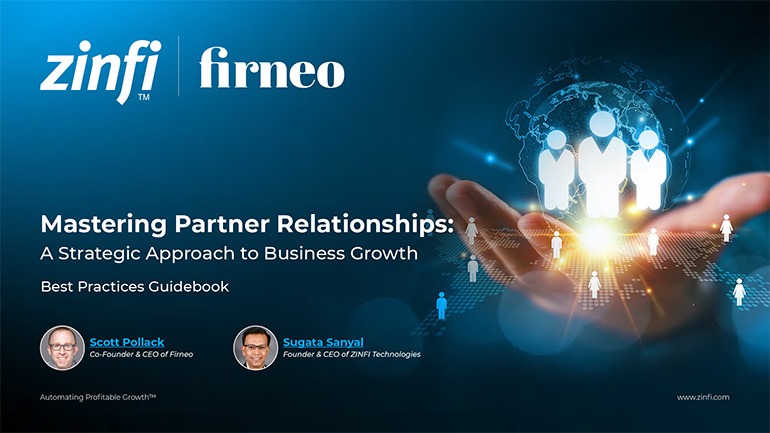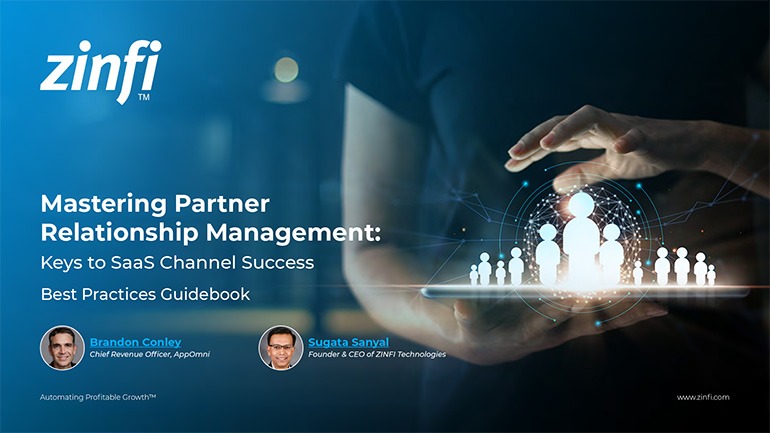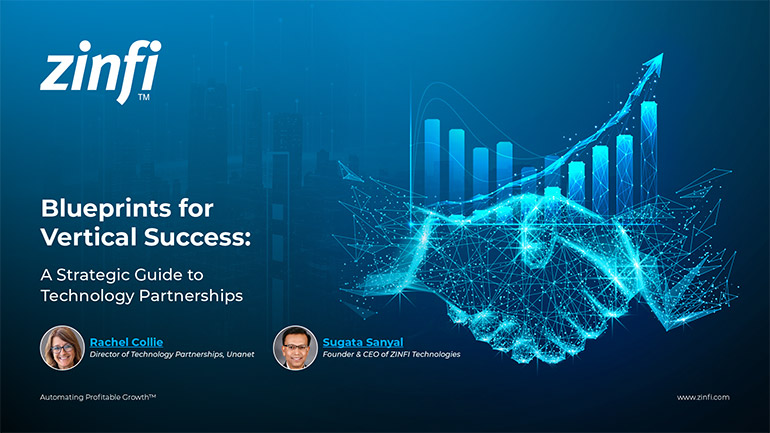Rachel Collie builds Technology Integration Partnership programs from the ground up, consistently stepping into roles without existing frameworks. Her fascination lies in the intricate data flow between disparate systems, observing how customers leverage these integrations, from an ERP to a CRM or a CRM to a project management tool. Over the last decade, she has witnessed the evolution of this space from manual spreadsheet-based tracking to the ubiquitous adoption of APIs. This hands-on experience has honed her ability to define ideal partners and customer profiles and to build the foundational onboarding and enablement tools that are now considered standard yet vary significantly from company to company.
At Unanet, her first 100 days were crucial for establishing a strategic blueprint based on three key pillars for evaluating potential Technology Integration Partnerships. The first pillar focused on functional software that Unanet would never build itself, such as payroll platforms, leading to partnerships with companies like Paylocity, ADP, and UKG to serve a broad customer base. The second pillar targeted companies with many joint customers, where existing integrations made sense and offered clear potential for driving new revenue through collaborative efforts. The third pillar explored "cool, interesting technology" – innovative solutions like AI-powered proposal generation tools – representing speculative investments that could eventually address emerging customer needs and potentially lead to future acquisitions.
A critical challenge in this initial phase was managing limited bandwidth and roadmaps internally and externally. Rachel emphasizes that "whoever makes the phone call first" often dictates whether an integration gets built. The team deliberately took a strategic, small-scale approach to ensure product teams could build integrations that delivered real value instead of becoming unused logos on a website. Her primary frustration lies in inactive partnerships that fail to generate real value through integrations or revenue. The goal is always to cultivate active Technology Integration Partnerships that yield tangible benefits. This meticulous, phased approach to program building, driven by clear strategic pillars and a focus on actionable integrations, has been fundamental to Unanet's success in establishing its partner ecosystem.















